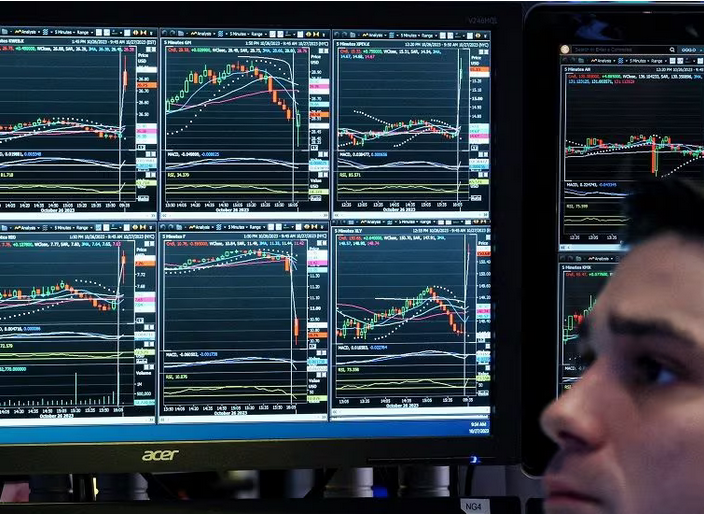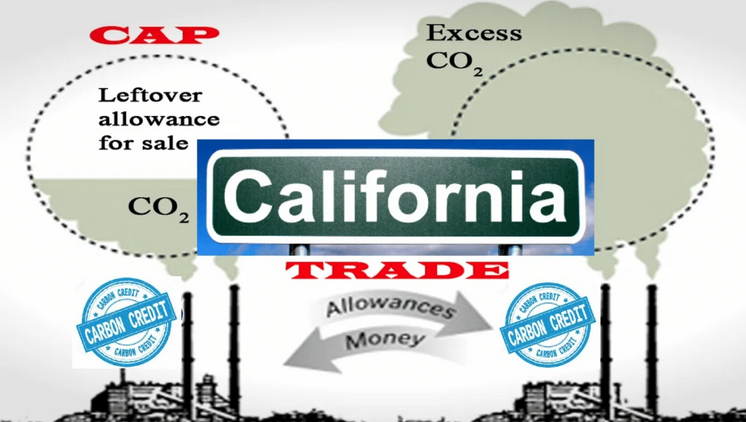November 16, 2023
After years of disinterest, energy security concerns and the push for net zero are leading investors to bet on nuclear power. The fact that the world has not managed to meaningfully reduce emissions—despite commitments from most every country and billions spent on renewables—has made it clear that more dramatic action is needed.
Many of those trying to gauge investor interest look at spot Uranium prices, believing that these are a barometer for investor interest in nuclear. The fact that the spot price rose 55% between January and October speak loudly about the shifting sentiments and prospects for nuclear power.
According to Cameco’s website, the world’s largest publicly traded uranium company, “Ongoing geopolitical events coupled with the global focus on the climate crisis have created what we believe are transformative tailwinds for the nuclear power industry, from both a demand and supply perspective.” Not surprisingly, Uranium spot prices stood at $74.38 per pound at the end of October, based on month-end prices published by nuclear research companies UxC and TradeTech, up from just $18 in October 2016 and $47.68 at the end of 2022.
Back in May, Bank of America’s Research Investment Committee (RIC) forecast a 20 to 40% upside on uranium and nuclear power after a decade of underinvestment. Bank of America published its research findings in a report called “The Nuclear Necessity” and pointed out that global demand for nuclear had grown with 60 new reactors being built, 100 more approved and plans for old reactors to be refurbished, adding to the positive investor sentiment.
The entire global economy is, in fact, poised to move into a new period of increased interest in building nuclear, premised upon macroeconomic forces that include “resource nationalism, energy security, war and inflation.” According to Jared Woodard, Bank of America’s Investment and ETF Strategist, “Every analyst I spoke to was bullish on prospects for nuclear power as a technology that’s clean and meets the kinds of goals that so many policymakers are eager to hit in terms of reducing emissions.”
Both sides of the political spectrum see the beneifts of nuclear, progressives like the low emissions and highly reliable capacity of nuclear for addressing climate change and conservatives like the national and energy security aspects. [Aside: What’s been working in the U.S. Congress is that both Democrats and Republicans vote in support of bills that both protect existing and help next-generation nuclear power using voice votes. Pronuclear bills have been passed with bipartisan majorities in every administration since Barack Obama’s, with the Biden Administration doing the most good to level the playing field for nuclear. Virtually every elected official supports nuclear but progressives still find it harder to explain their support to their constituents. Less so with Republicans.]









Leave A Comment